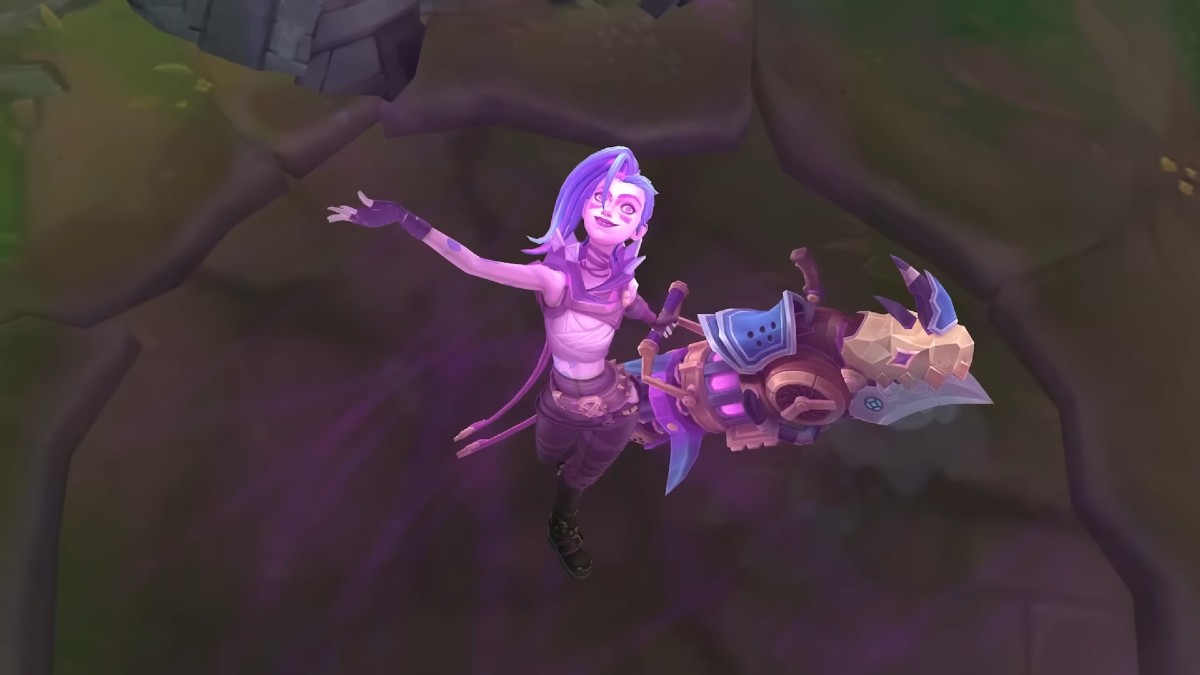The biggest surprise of the new Smash Bros. has to be the inclusion of Mega Man. We’ve seen almost all of his attacks, but since he’s not a returning character, the information is moderately limited. Still, we know a lot, so let’s get to it.
The first notable change when it comes to Mega Man is the fact that he doesn’t have a separate forward tilt, standing jab and neutral air attack. Instead, his standing jab is his standard projectile, which can also be performed while running (which replaces his forward tilt) and in the air (replacing his neutral air). It can be fired up to three times in rapid succession, inflicting a total of eight percent damage.
Taking a page from Mega Man 3, the Blue Bomber has a slide attack that inflicts three percent damage and knocks an opponent into the air. The combo options after hitting the slide should be interesting to say the least. Given how low Mega Man is to the ground when he performs the attack, it may also be useful for ducking under attacks.
Moving on to Mega Man 4, the Charge Shot serves as Mega Man’s forward Smash attack. We don’t know a lot about the attack, but we do know that it can be charged. His up Smash attack is borrowed from Spark Man in Mega Man 3. It looks good if an opponent is directly overhead, but from what we’ve seen, it lacks any horizontal range, which could limit how useful the attack becomes in competitive play. Luckily, Mega Man’s down Smash comes from Flame Man (Mega Man 6) and covers the horizontal range around Mega Man quite well. In the footage shown, it inflicts 45 percent damage, but it’s hard to tell how consistent that will be.
Mega Man’s up tilt attack is borrowed from his fighting game incarnation. It looks similar to Ryu’s Dragon Punch in Street Fighter, which is probably why Mega Man received the attack in Mega Man X, Power Fighters and Power Battle. In Smash, Mega Man catches a lot of air with this attack, which could make him extremely vulnerable if it’s blocked or simply misses. We don’t yet know if he can perform any actions after the attack, but at the moment, it looks risky to use outside of guaranteed situations.
His dashing attack is borrowed from Top Man in Mega Man 3, but little else is known about the attack. Meanwhile, his forward air attack is taken from Sword Man in Mega Man 8 and looks very good. It covers a lot of range and will almost certainly be one of his main combo tools. His back air is a multi-hit attack borrowed from Slash Man in Mega Man 7, while his up air is a single upward tornado taken from Air Man in Mega Man 2.
What could be one of his best attacks is his down air, which serves as a spike. It was taken from Hard Man in Mega Man 3, and has more range than any other spike attack we’ve seen in the game to this point. With its speed and considerable range, it should work well to finish off opponents or slam them to the ground if they have low damage.
Shifting into Mega Man’s special moves, his standard B attack is one of the most popular weapons in the entire Mega Man series, the blade from Metal Man in Mega Man 2. It can be shot in eight directions and acts like an item. That means it can be used by opponents when not in Mega Man’s possession (caught in a wall or other surface).
Sticking with the Mega Man 2 vibe and direct from Crash Man, the Crash Bomber makes an appearance in Smash Bros. The weapon attaches to an opponent and counts down to a two-hit explosion that inflicts a total of eight percent damage. They can be passed from one opponent to the next, or even back to Mega Man, so be careful once the Crash Bomber is stuck to an opponent.
Most of Mega Man’s special moves come from Mega Man 2, and his up B special is no different. The Leaf Shield from Wood Man creates a shield of leaves around Mega Man that can be shot as a projectile to the left or right. When used as a shield, any character that comes in contact with it takes three percent damage. However, when used as a projectile, an opposing player will take one percent damage for every leaf remaining in the shield, for a total of up to four percent damage.
Mega Man’s up B recovery special calls Rush to aide him in battle. Just like in Mega Man 3, Rush creates a spring on his back that propels Mega Man into the air. When used on the ground, other characters can also make use of the recovery move while Rush remains active. However, Rush does not stick around for very long. When Mega Man reaches the peak of his jump following the spring, he enters a free fall state.
We’ll have more on Smash Bros. and Mega Man throughout the year.





Published: Jan 28, 2014 10:00 pm